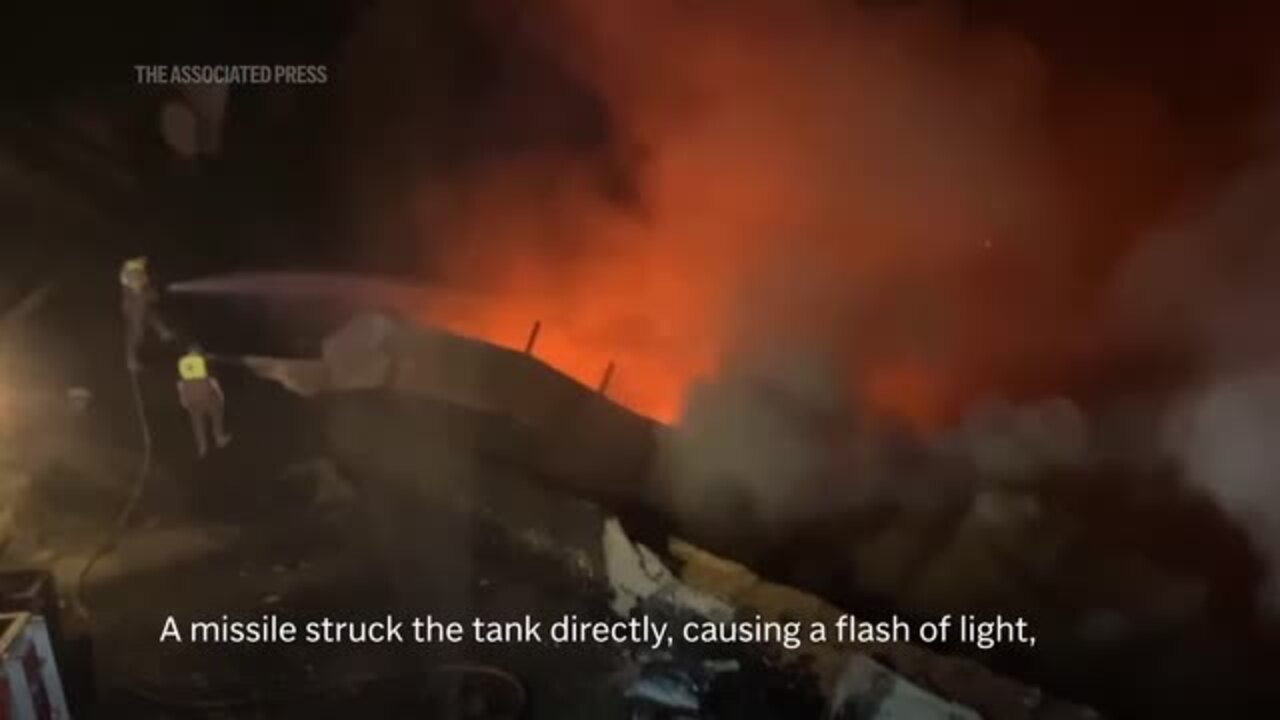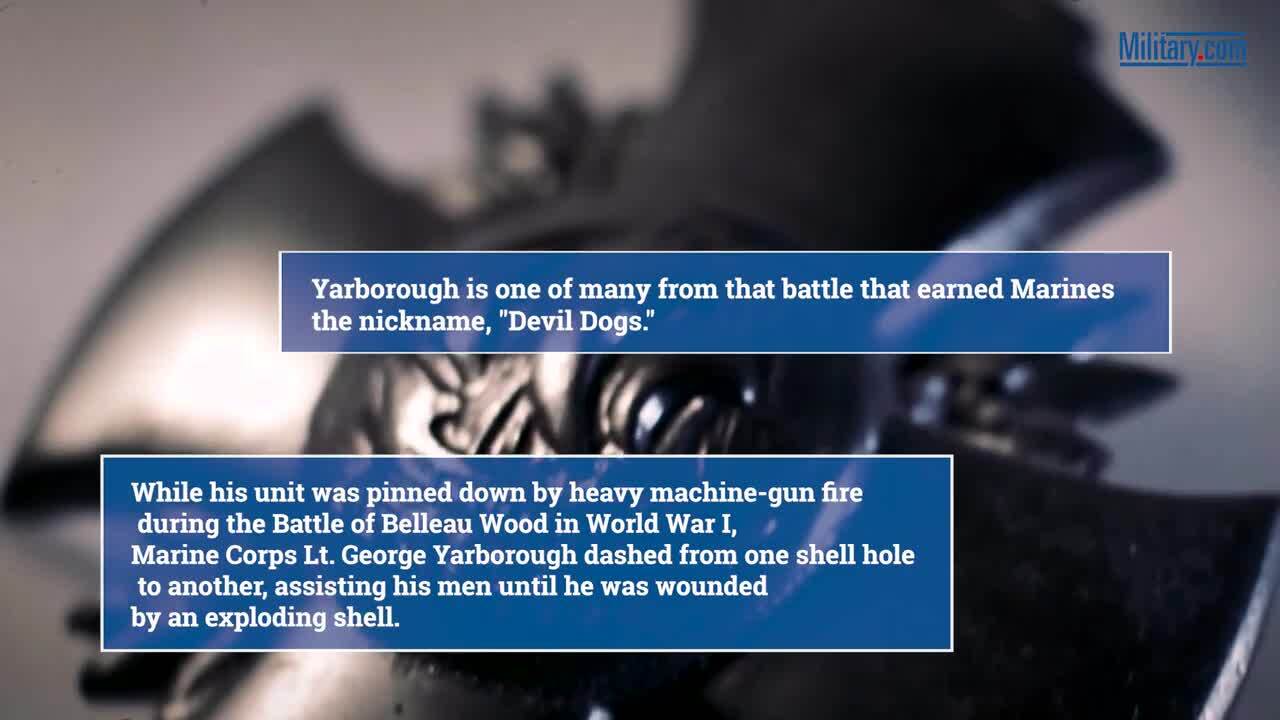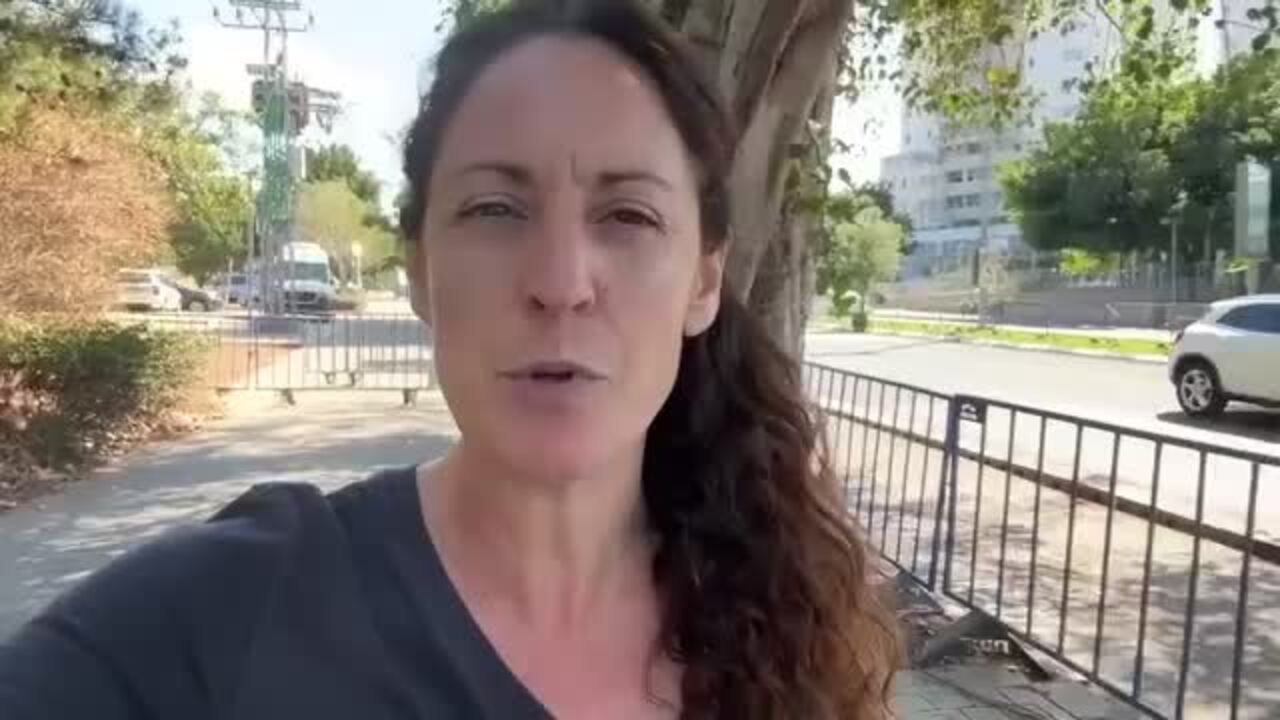Jerry Parr was just 9 years old when his father took him to see "Code of the Secret Service," the 1939 action drama starring Ronald Reagan and Rosella Towne. In the film, Reagan plays Lt. Brass Bancroft, a Secret Service agent working to take down a counterfeiting ring in Mexico.
The young boy didn't know what it was about the movie, but he never forgot it.
"It was such a strange thing," Parr said during a New York Times interview about his 2013 memoir, "In The Secret Service." "Seeing his image on a film when I was 9 years old, and then I ended up helping save his life."
Decades later, Parr was a Secret Service agent -- his second career -- and part of President Reagan's security detail at the Washington Hilton. He was next to the president when John Hinckley Jr. fired six explosive rounds from a revolver at the president's entourage. The attack seriously wounded four people, including the president -- and Parr's quick thinking that day likely saved Reagan's life.

Parr didn't immediately join the Secret Service when he grew up. Born in 1930, he graduated from Miami Senior High School in 1949 and became a power lineman with Florida Power & Light. Shortly after, he enlisted in the Florida National Guard's 211th Infantry Regiment. A year later, he joined the Air Force as what was then called Air Police, today's Security Forces. He served in Finland, Minnesota and Alaska during his four years of service, then got out and returned to working power lines.
"The truth is, I was drawn to work that had a dangerous edge," he wrote in his autobiography. "I wasn't a thrill seeker; the risks I took had a purpose. Not long ago, someone gave me a blue cap with white lettering. It says: 'God said, let there be light. And then God created linemen."
Parr eventually attended Peabody University, studying English and philosophy and graduating in 1962. After college, he was looking for the same kind of work -- something with an edge that served a purpose. He signed up to interview with both the CIA and the Secret Service. The CIA wanted his expertise, but the Secret Service stood out to him.
"I knew agents protected the president, and from 'Code of the Secret Service,' I knew they handled counterfeiters," Parr recalled in his autobiography. He also learned that new agents have to work their way up to protecting the president, but there was plenty of opportunity for that. Then, the recruiter warned him that, if he was ever in a "kill zone" around a protectee, he'd be expected to throw himself between his charge and whatever danger was coming.

"That did it!" Parr wrote. "I knew on the spot this was the job I really wanted!"
Both the CIA and the Secret Service wanted Parr. The CIA needed him as an industrial analyst. The Secret Service wanted him to be a special agent. Inspired by his love for meaningful service (and Reagan's portrayal of Brass Bancroft), Parr chose the Secret Service. By Nov. 10, 1962, he was attached to the security detail protecting President John F. Kennedy and Vice President Lyndon B. Johnson at Eleanor Roosevelt's funeral.
That protection posting wasn't permanent. True to the recruiter's word, Parr would have to work his way up from the Nashville, Tennessee, field office. Also true to the recruiter's word, there was plenty of opportunity for advancement. After President Kennedy was assassinated, Parr was sent to Dallas to protect Marguerite and Marina Oswald, the mother and wife (respectively) of Kennedy assassin Lee Harvey Oswald. This stint in the protective service wasn't supposed to be permanent, but he kept getting called away for protective details.
"I hadn't followed the usual track, to alternate between field and protection," Parr wrote. "One reason was I was good at protection, and headquarters thought they needed me there."
In January 1964, Parr was finally stationed at President Johnson's ranch in Stonewall, Texas. From that date on, he would protect British Prime Minister Harold Wilson, King Hussein of Jordan and Vice Presidents Hubert Humphrey, Spiro Agnew and Walter Mondale. He was finally promoted to special agent in charge (SAIC) of the Presidential Protective Division on Aug. 26, 1979, coordinating the protection of President Jimmy Carter.

"Going from vice presidential security to the White House was like moving from a suburban house to a palace," recalled Parr in his book. “The difference [between the two security details] can be summed up in four letters: M-O-R-E. With a president, there is more of everything. More threats. More press attention. More perks. And much more anxiety. … Mondale attracted very few threats, but like all presidents, Carter drew hundreds a day. Credible threats: People who had the will to kill and the means to follow through."
Parr and Carter got along well, but Carter would lose the 1980 election to Reagan. Parr remained SAIC of the president's security. Reagan had been in office for just 70 days when Parr did what people in his position prepare for throughout their entire careers: Save the president's life.
"It had been almost 42 years since I saw that B-movie in the Tower Theater, and I was a Secret Service agent assigned to protect the actor in that movie, who was now playing the role of a lifetime: president of the United States," he recalled.

The visit to the Washington Hilton on March 30, 1981, was a routine stop for a routine speech. The pro-business president was scheduled to give an address to labor union leaders in an attempt to bolster his sagging approval ratings. It was a location they'd been to more than a hundred times since 1972. But routine, as Parr says in his book, is the enemy of every agent.
"With routine comes boredom. With boredom comes distraction and letting down your guard. When that happens, people die."
It was true then as it is now, but the memory of protective failures stuck with Parr. President Kennedy was shot in 1963. Robert Kennedy and Martin Luther King were killed in 1968. In 1972, Alabama Gov. George Wallace, then a presidential candidate, was shot and paralyzed. President Gerald Ford had survived two assassination attempts. The threats were real.
When the doors to the VIP elevator at the hotel opened, Reagan was surrounded by four agents, Parr to his right. As they approached the limousine, someone in the crowd called out to the president, who turned for a fraction of a second and raised his hand before the first two shots rang out. Parr's training and muscle memory took over.
"I grabbed President Reagan by the back of his belt and pants, pushed his head down with my right hand, and hurled him into the car," Parr wrote. "Reagan extended his arm to block the fall, his chest smashing into the transmission riser with my full weight on top of him, his head hitting the seat. ... Three seconds from the time the first shot was fired, the limo took off."
Another agent had thrown both men's feet inside the car and slammed the door. Parr first thought Reagan had escaped unharmed, but the president's skin soon turned gray and his lips blue. The Secret Service agent recognized the signs of a lung injury and diverted the car from the White House to George Washington University Hospital. The president didn't argue. He'd been struck by a ricochet that flared off the car and hit him in his left underarm, breaking his rib, puncturing his lung and causing internal bleeding, and lodging itself less than an inch from his heart.
Parr's quick action saved Reagan from being shot in the head. The speed at which Parr secured the president, realized his condition and got him to a hospital likely saved his life. District of Columbia police officer Thomas Delahanty was shot in the neck. Secret Service agent Tim McCarthy, who dove in front of Reagan during the shooting, took a bullet in the abdomen. White House Press Secretary James Brady was hit in the head, leaving him confined to a wheelchair, partially paralyzed.
Reagan would be back to work within 12 days. Parr later told Reagan that the president was an agent of his own destiny, recounting the story of going to see "Code of the Secret Service" as a young boy. Reagan smiled and replied, "It was the cheapest film I ever made."

Parr stayed on as SAIC of his detail and retired in 1985 after 23 years of service, choosing to become a pastor in his later years. Parr died of congestive heart failure in 2015 at age 85, citing that day in 1981 as "the best and worst day of my life."
"I have been thanked many times over," Parr wrote. "But my greatest reward is that Ronald Reagan lived 23 more years."
Keep Up With the Best in Military Entertainment
Whether you're looking for news and entertainment, thinking of joining the military or keeping up with military life and benefits, Military.com has you covered. Subscribe to the Military.com newsletter to have military news, updates and resources delivered straight to your inbox.

















